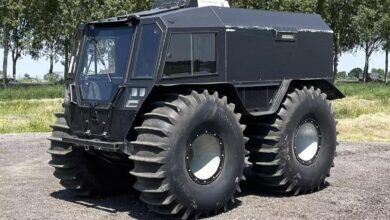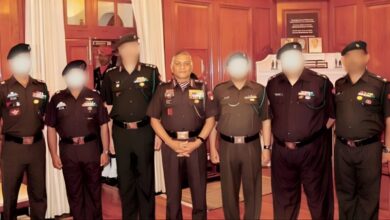The Kargil War: Disadvantages To Indian Army Against To Pak Army

“Courage isn’t having the strength to go on. It is doing on when you don’t have the strength” – Napoleon Bonapart
And following this proverb, in the 1999 Kargil War, the Indian Army defeated the Pakistani army spite many Major disadvantages.
And today we will discuss the same Major disadvantages/Challenges.
Disadvantages to the Indian Army in Kargil War
These are some of the major disadvantages who tried to defeat India in the war, but they failed in front of the courage of the Indian Army.
1. Intelligence Failure
This is the only disadvantage that could have prevented the Kargil War from happening. According to reports, the Pakistan Army wanted to capture Kargil and block Highway No 1 connecting Srinagar to Leh since June 1998. This highway further connects Leh with Siachen Glacier where about 3,000 Indian Army personnel are stationed. And for this, the Pakistan Army had deployed its 5,000 soldiers in the bunkers of the Indian Army on the peaks of Kargil. Before 1999, the Indian Army would have vacated these 130 bunkers in winter and returned in May during the summer season.
Pakistan Army Chief General Pervez Musharraf started planning on it in June 1998 and by May 1999 had also successfully sent 5,000 Pakistani soldiers across the LoC. But within this one year, the Indian Foreign Intelligence Agency (RAW) did not get any news about it. Whatever intelligence reports RAW gave, apart from the infiltration of terrorists into India, there was no mention of the Pak Army.
Apart from RAW, the internal intelligence agency IB also did not know that 5,000 soldiers of the Pakistani Army had crossed the LoC and entered 4-10 km inside the Indian Territory.
After IB and RAW, the personal intelligence of the army also failed to detect such a large military infiltration.
Even after this, on May 2, with the help of a shepherd named Tashi Namgyal, the infiltration of the Pakistani Army was detected and on May 3, the Indian Army started the war in the name of Operation Vijay.
Due to the sudden start of the war, the Indian Army did not get a chance to prepare. If India had known even a little, then the Indian Army would have already reached the peaks of the Kargil Mountains. and would have had time to collect the weapons and the soldiers. According to the book of V.P. Malik Kargil: From Surprise To Victory, who was the Chief of the Indian Army in 1999, 27 soldiers of the Indian Army were needed to counter a Pakistani Army soldier due to being situated at a high altitude.
2. Weapon Deficiencies & Weak Infrastructure
This disadvantage should be considered a deficiency that was not rectified until many years after the Kargil War. The biggest shortcoming in the Kargil War was felt by the Weapon Locating Radar as its non-availability resulted in the death of 80% of our brave soldiers. The Swathi weapon locating radar(WLR) was inducted into the Indian army in 2008 but the army announced its need in the 1980s.
Swathi radar system is a weapon locating radar (WLR) that accurately detects and tracks the incoming artillery rounds and rockets fired from the enemy side. Swathi traces the path of these artillery rounds and locates the cannon and rocket launcher to counter-attack. In the Kargil war, with the help of 300 guns, 2.5 lakh cannon shells and 3,000 bombs were fired. It is said that after WW2, the maximum bombing of enemy troops or bases was done in Kargil War. And that’s why the importance of WLR increases.

Apart from Swati radars, the army lacked wheeled guns, tanks, missiles, and ammunition along with basic amenities such as bullet-proof jackets, night vision devices, and even mosquito nets.
VP Malik Indian Army Chief in the Kargil War said that the army is far from the 1999 conflict when India also lacked surveillance equipment along the border. One had to walk from one post to another in the snow.
From the lack of adequate road infrastructure for the movement of troops and supplies to new types of tunnel security and a high-technology surveillance system in the Kargil War of 1999. Now all the areas of Kargil have been connected with roads where military vehicles can easily go. Apart from the roads, tunnels have also been constructed which reduces both distance and travel time.
Conclusion
In the end, we won the Kargil War by overcoming some of the mistakes that became the weakness of the army, thanks to the brave soldiers. But if we had eliminated these shortcomings first, then perhaps we would not have had to sacrifice so many of our heroes. Now we cannot change history but it is our responsibility to learn from it. So that the sacrifice of our brave soldiers does not go in vain. We have covered the story of one such brave soldier in Shershaah Of Kargil: A Warrior Who Made Pakistan Cry.





